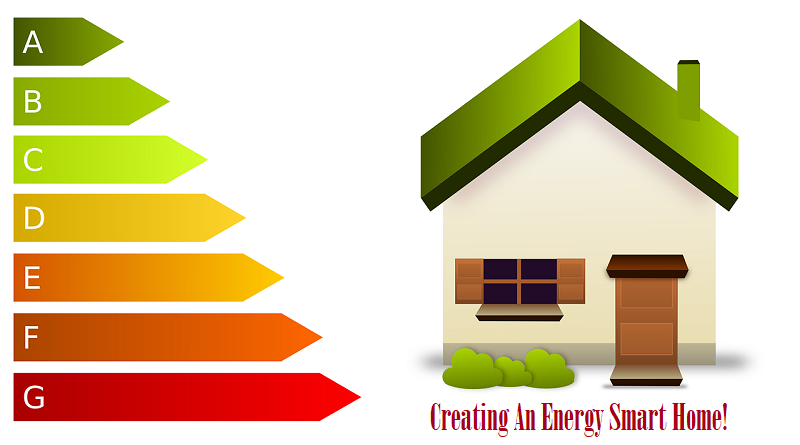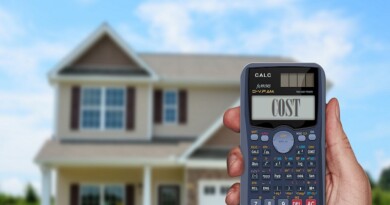Creating An Energy Smart Home

Treat your house as an energy system, with many parts working together. Unfortunately, lots of houses don’t work very efficiently. Lower utility bills, improved comfort and fewer greenhouse gas emissions. These are the benefits that an energy-efficient home provides. While many energy efficiency decisions are made during the construction of your home, there are several ways you can reduce your energy costs. The Canada Mortgage and Housing Corporation (CMHC) provides some insights into making your home more energy smart; energy efficiency brings a variety of benefits:
Air Conditioning
Air conditioners, especially individual unit models, are often a home’s largest electricity user. The best way to lower energy use for air conditioning is to reduce the need for it. The “green” building movement promotes several cost-saving ways of cooling a home, including the use of drapes and curtains to control the amount of solar radiation entering a home, as well as the use of plants for shading it.
Building Envelope
Tightening the Thermal Envelope! A house’s thermal envelope includes every item that separates the inside from the outside that may consist of its roof, walls, floors, windows and doors. A house leakage makes it not even drafty but uncomfortable too, and in other words, it lets precious energy dollars escape. Older homes are more likely to lose heat through the building envelope than newer ones. There are, however, cost-effective ways of reducing heat loss in older buildings. For example, applying weather-stripping and caulking around windows and doorways reduces infiltration. Adding more insulation will also improve the efficiency of the building envelope. You can install most of these energy-saving improvements at a low cost with materials available from any hardware store. This approach means a substantial investment but the resulting savings are large.
Lighting
Lighting accounts for 15 percent of all energy consumed in a residence. A cost-effective way of decreasing such costs, without compromising safety, is to replace incandescent with fluorescent lights. Fluorescent lights produce four times as much light per watt, last ten times longer, and cost one-third as much to operate.
Heating and Ventilation
Depending on the location and type of fuel used, heating can be the largest component of energy use in your home. When deciding whether replacing an old furnace with a new high-efficiency model is worth the capital investment, a life cycle cost analysis must be made.
Efficient Appliances
Choosing High-Efficiency Appliances! Replacing old appliances with more energy-efficient ones should be decided on the basis of a life cycle cost analysis. When it’s time to retire an old appliance, you can typically replace it with a new model that uses only half the energy. According to CMHC, replacing the typical outdated refrigerator will pay for itself in six years; that is in half or less than the expected life of the refrigerator. Become an energy-smart consumer to shop for efficiency and financial advantages.
Hot Water Systems
Hot water systems can account for 15 percent of total residential energy use. The most cost-effective way to decrease this energy use is to install energy-efficient flow controls in showers and sinks, which reduce the volume of water without reducing water pressure.
Creating and building an energy-smart home has become a great necessity these days; you could not even save a great amount of money over your monthly expenses and utility bills by improving and maintaining your home but also increase the value of your property.




